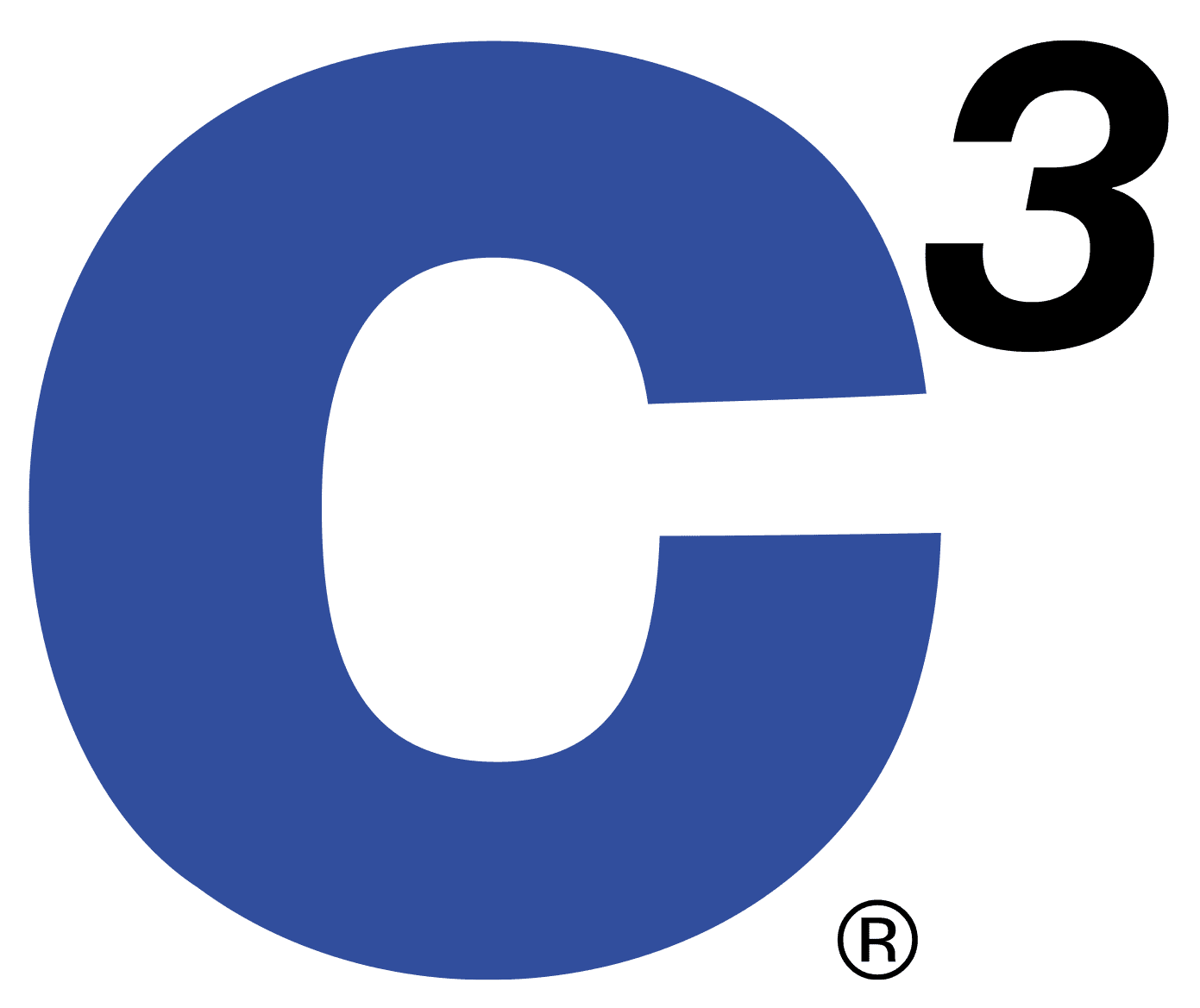When building a foam mattress, we understand the importance of stacking each layer with precision and accuracy. Traditionally, operators place layers by hand, which can result in errors and injuries. Foam layers are sometimes floppy and heavy, so getting them square on top of each other is a challenge. Add glue to the equation, and the process might be a sticky, bottle-necked mess for your production line. Often, however, facilities choose to keep the manual labor in this process so the layers can be lined up properly each time. With the ability to add a last-minute tug and adjustment, it is seen as a way to control layer placement. But is it the best solution?
If you know us by now, you know we never settle for things as they are; we’re always looking for ways to improve processes. Since accurate layer placement is key, we needed to focus on the best way to make sure the machine can deliver the same accuracy as traditional methods, if not better, every time.
We’ve recently updated how we do this in the squaring section of our LCN1500. It’s “new and improved” as they say. In this edition of our STANDOUTS series, we’d like to show you how the squaring section of this lamination system provides two squaring check-points for an accurate, precise build. Take a look!
Why Does Squaring Matter?
We set out with the goal to improve consistency and output of the machine with squaring, while also improving ergonomics. Squaring is our only chance to line the product up with utmost accuracy so it can build a neat bed. If the machine isn’t aware of where the product is and where its centerline lies, it becomes difficult to do this. When the LCN1500 aligns products to a centerline, it’s holding to that centerline all the way through production. Each new layer is held to it, as well as the final product. The result is a clean edge built hands-free.
How Do We Achieve a Perfect Edge?
We knew consistency meant finding a way to ensure each layer lined up with the previous one every time. Of course, for the most “perfect” edge, the foam layers entering the LCN1500 need to either be cut well or trimmed after. There are many features to our squaring, however, that still give us aligned edges within that quarter-inch tolerance. Here’s how.
We improved the squaring section to deliver more accurate placement with better control. It squares each piece of foam not once, but twice before automatically gluing and stacking them.
First, each layer enters a pre-square section which squares the foam on three sides, holding to the centerline. The machine uses side panels that bump the product neatly into place. The layer is then squared again in a second squaring station. Here, pinned arms gently nip the foam and manipulate it into place. The gentle tug allows the foam to naturally fall to the centerline and is the final adjustment needed to get it in spec. It then lowers and passes under the roller section where it’s coated in glue. The process repeats until the bed is complete.

Modifications to this system – like holding to the centerline and the pre-square section – have helped to make the unit fast and accurate. This automated process rids operator involvement while maintaining the alignment and accuracy of the “human touch.” All of this ensures you can improve ergonomics, output, and number of in-spec units produced. That sounds like a win-win-win to us!
Want to learn more about how machines like the LCN1500 can help you improve your operations? Learn more here.
